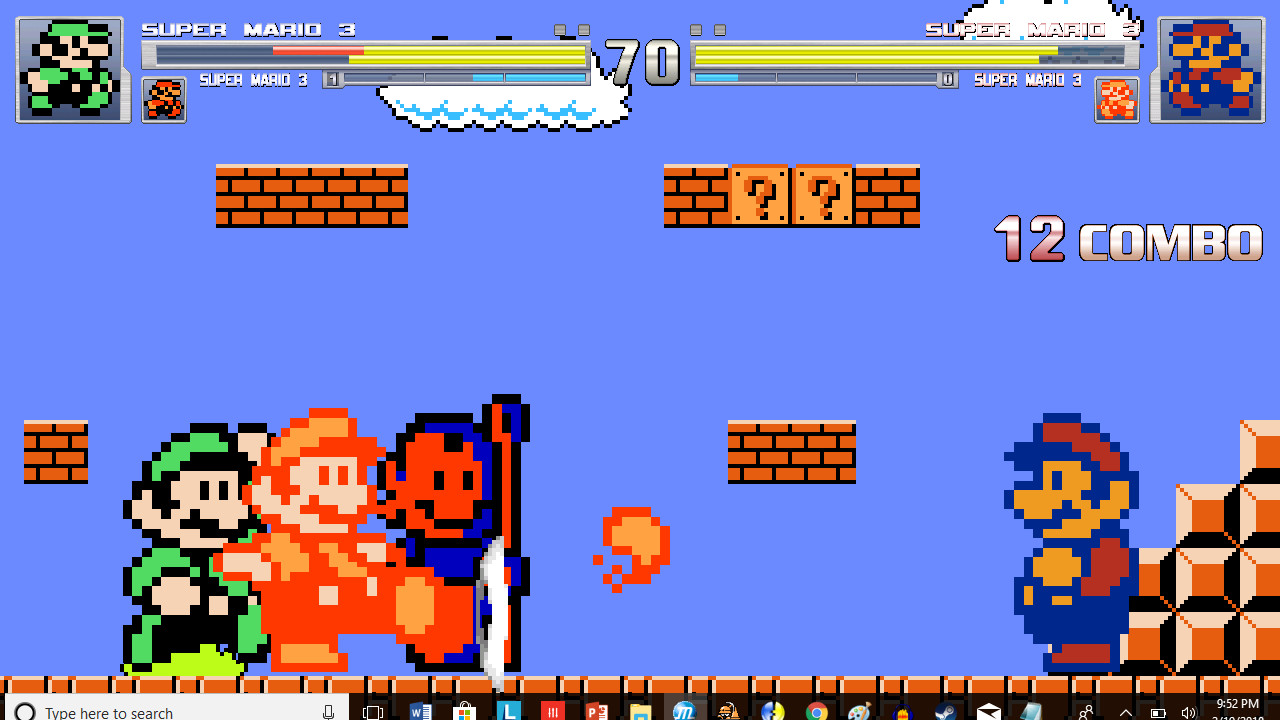
It notably integrates a simple gameplay loop, revolving around platforming mechanics that would become a genre staple and are the core element of the 2D Mario experience, with tight controls that hold up surprisingly well. On their perilous travels the brothers will face evil sentient mushrooms, hammer-throwing turtles, and dangerous obstacles, including but not limited to fire pits, man-eating Piranha plants, and flying oversized bullets: the Mushroom Kingdom has some pretty wild inhabitants, to say the least, courtesy perhaps of certain ingested mushrooms…? Yet this wacky creativity helped cement the identity and iconic design of the Mario world. After being informed that the Princess is being held “in another castle,” our favourite Italian plumber brothers set out on a quest to get her back, taking them through a variety of themed levels and heavily fortified, death-trap-riddled castles, jumping and stomping their way through the Mushroom Kingdoms colourful patrolling enemies. There’s no denying the legacy it forged, or that it’s still fun to play even 35 years later…īy this point, we’re all more than familiar with how the story pans out: Princess Toadstall gets kidnapped as per usual by the scaly hands – or paws? – of the dastardly King Koopa. With hidden secrets, optional routes, an eternally memorable soundtrack, and sprite work that showed off what the NES was capable of at the time, it laid out the foundations future entries and franchises would build upon, and continue to so now. showed off a level of creativity in video game design that sparked an iconic legacy and helped revive gaming as a popular form of entertainment. And let’s face it, from the mere mention of the name “Mario” you can hear the iconic theme tunes bloops and bleeps! Many gamers were first introduced to gaming through this NES classic, and even today players are still discovering secrets and testing the endless charm of the Mushroom Kingdom to its limits – stomping one Goomba at a time.Ĭertainly by todays standards it’s a little simpler in scope, yet in 1985, Super Mario Bros. (1985) is surely among the most important (and ported) games in video game history, with it’s easy to understand mechanics that see the titular moustached plumber continuously run left-to-right, crossing inconvenient gaps, jumping on the heads of reptilian minions, and snacking on magic shrooms.



Playable now on just about anything with a screen, Super Mario Bros.


 0 kommentar(er)
0 kommentar(er)
